This term I took a few required engineering classes and the rest were technical electives. From my blog analytics reports it seems that my earlier review posts on EECE 443 and EECE 450 and POLI 260 and EOSC 114 have been getting consistent hits and were popular so I decided to do more in-depth reviews! In the next few blog posts I’ll be reviewing the classes I took this term.
EECE 418 Human Computer Interfaces in Engineering Design
Professor: Sidney Fels
Term: Winter 2015
Textbook: Interaction Design: beyond human-computer interaction; Preece, Rogers & Sharpe, John Wiley & Sons, 2011. Shows up as Required but really Optional.
Website: Lecture slides, assignment instructions, team portfolios and other resources on external course website. Assignments submitted through handin utility. Used to have a mailing list for the class but professor chose to use Connect discussion boards instead due to some technical issues with Yahoo accounts.
This wasn’t my first choice for a technical elective. In fact, I tried my hardest to not take this class because of its late Thursday evening 4 hour time slot and my interest in taking CPSC 317 instead. However I am really glad that I did take this class as it has turned out to be one of my most enjoyable classes this term.
Topics
Some of the topics covered in the class were:
- User-centered design
- Mental models
- Prototypes, low-hi fidelity
- User evaluations and experimentation ethics
Lecture
This term we had this class as a 3 hour lecture with the tutorial immediately afterwards. Attendance wasn’t taken in class. Sids lecture notes are well written and easy to read. He kept all his slides available on the course website.
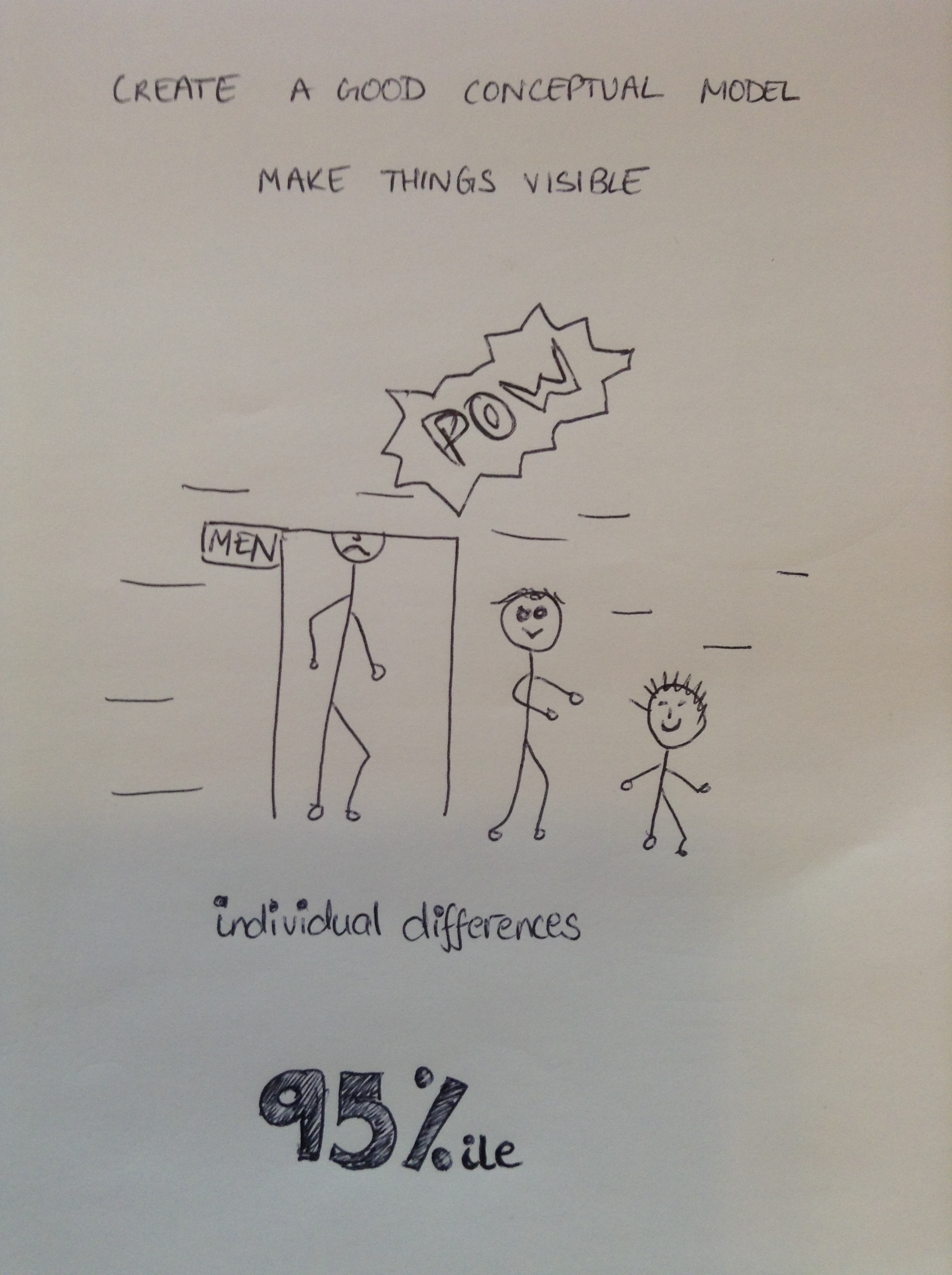
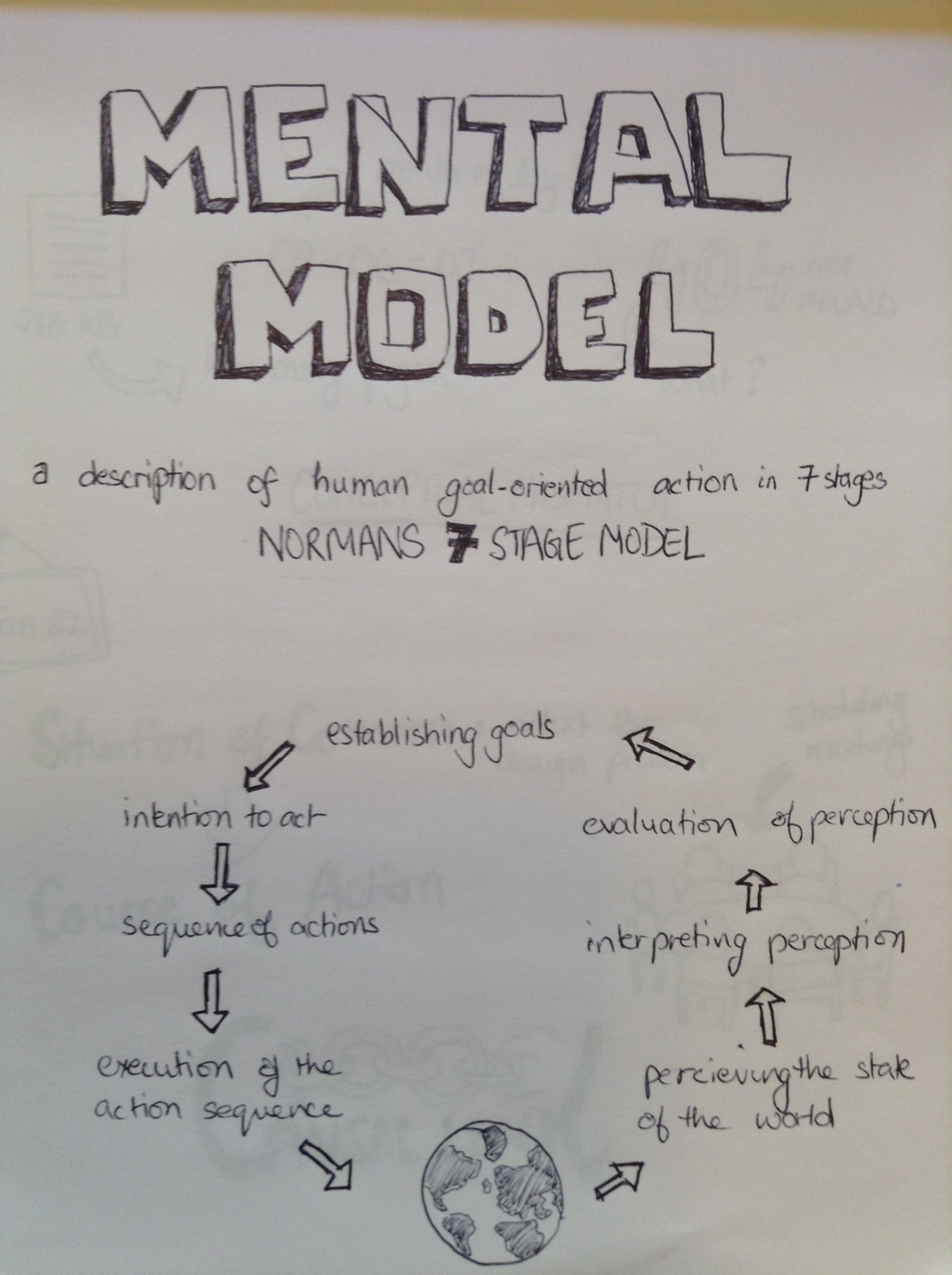
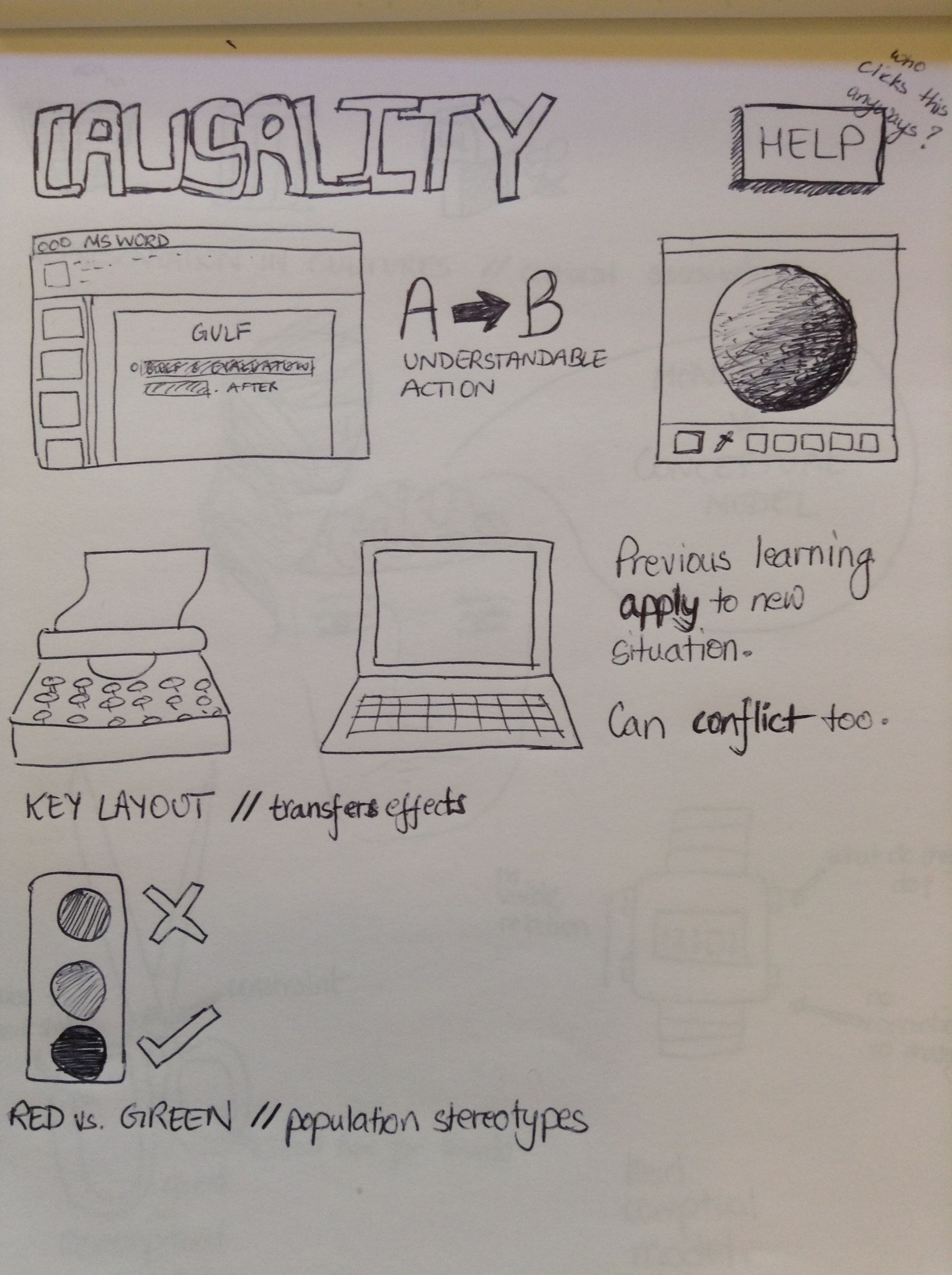
Tutorial
The tutorial is conducted by the TAs and usually involves hands-on activities or demonstrations of material learned in class. These were fun and included things like brainstorming concept of digital watch from scratch, developing cast of characters for said new digital watch, designing low fidelity paper prototype of an automatic pet feeding mobile app, etc.
Lab
The class has a lab component scheduled along with the lectures but they were optional and were occasionally used for group demos with the instructors.
Project
The group project is a big part of this class and is worth 40% (including 5% for the initial solo assignment). The first assignment of the course is an individual “pre-proposal” where students pick an interface that has some user interface problems, conduct a simple analysis of its problems and describe design solutions to these problems from both a problem-solving perspective and a designer-oriented solution. These pre-proposals, as with any deliverable in this course, are posted on the course website for everyone to see. The idea is that we can use these pre-proposals to find compatible group members for the project.
After forming groups of 5-6, the teams submit project proposals and these are quite similar to the first pre-proposal assignment. The next stage is Pass 1 which involves a low-fidelity prototype. Each group also has to perform heuristic evaluations on another groups prototype.
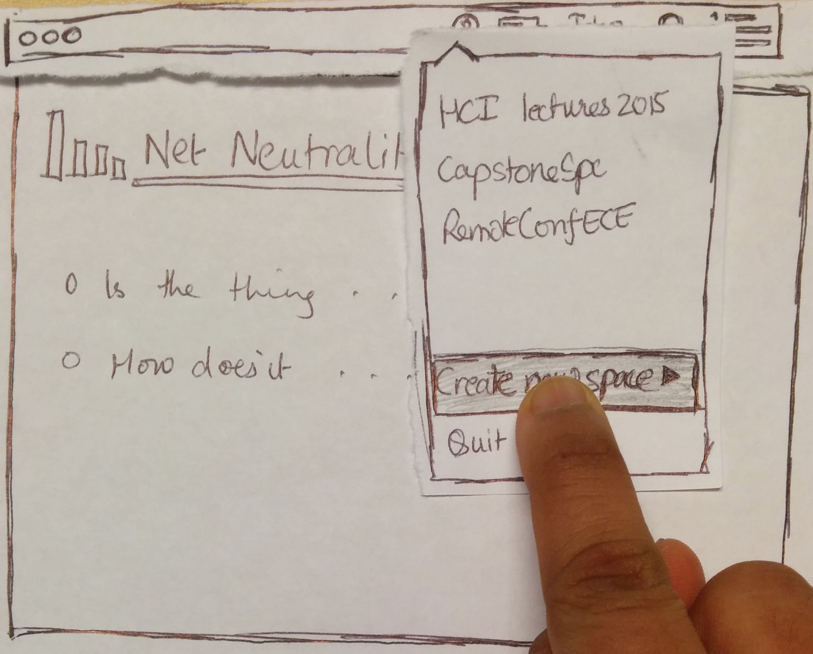
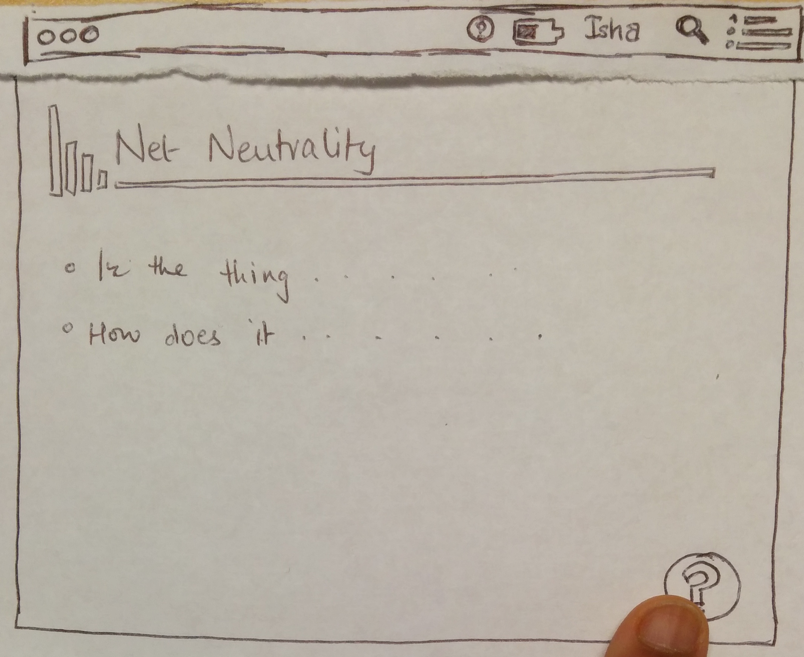
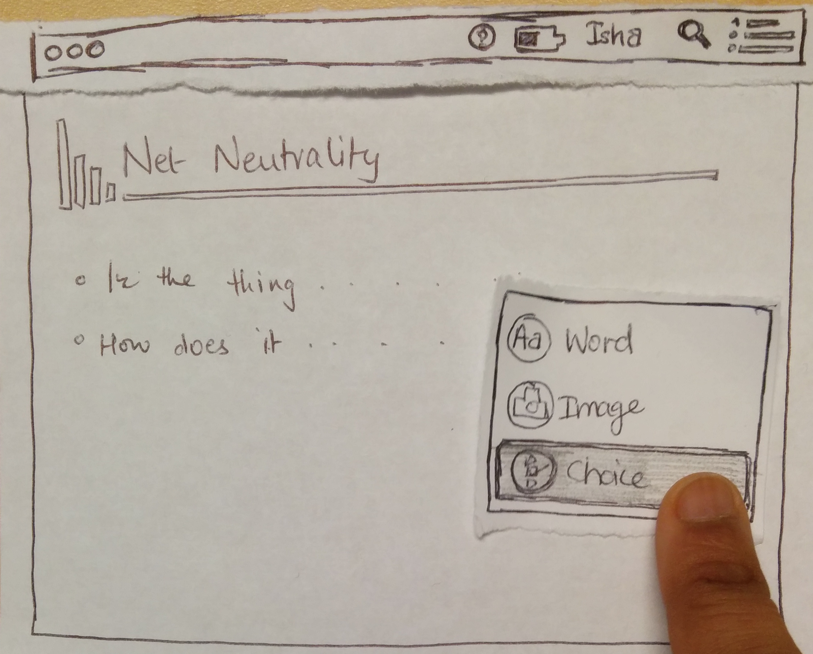
Pass 2 involves a medium to high fidelity prototype and controlled user studies. The prototype can be horizontal or vertical and is used in the user study. Each group has to design an experiment to test out their hypothesis, conduct experiments and analyse the data to prove/disprove their hypothesis.
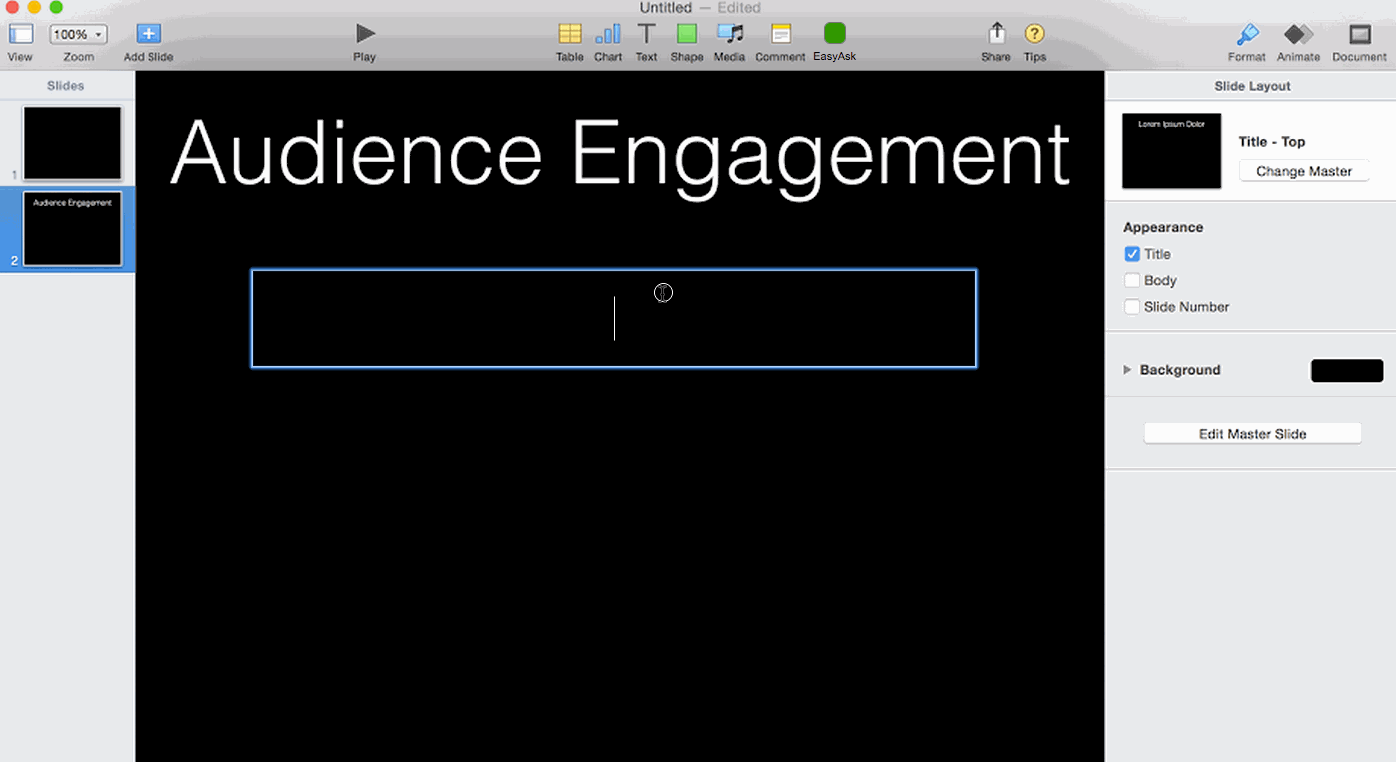
The last deliverable of the project is a small 10 minute class presentation giving context on your experiment and describing the results. Here are some of my slides:
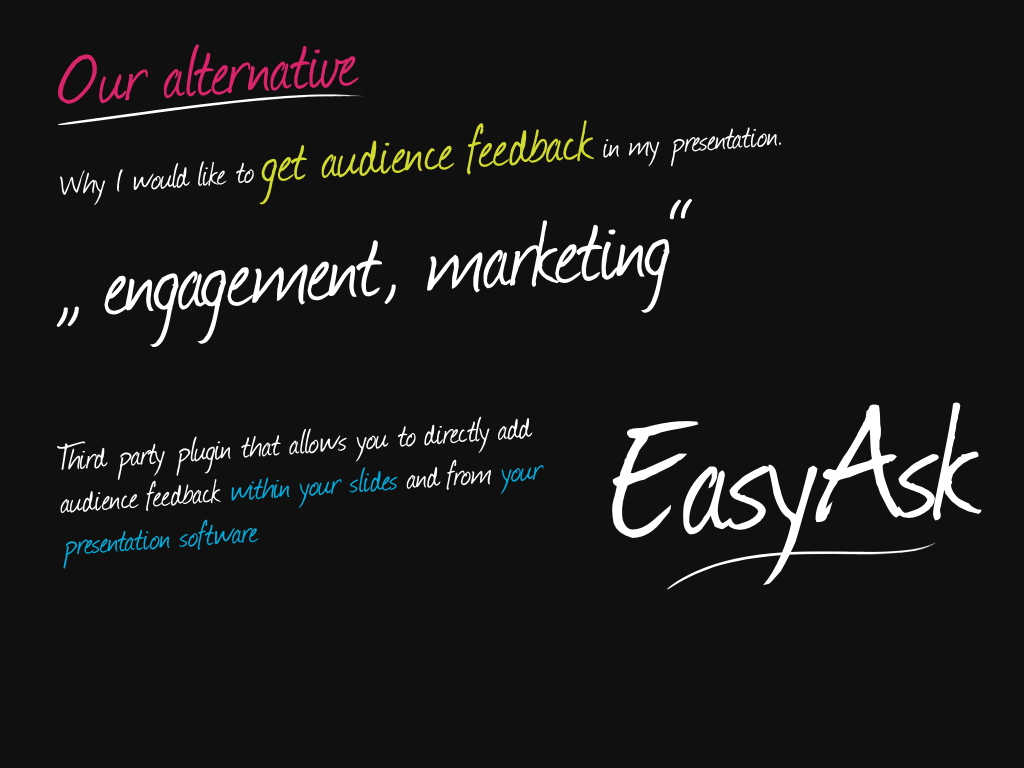
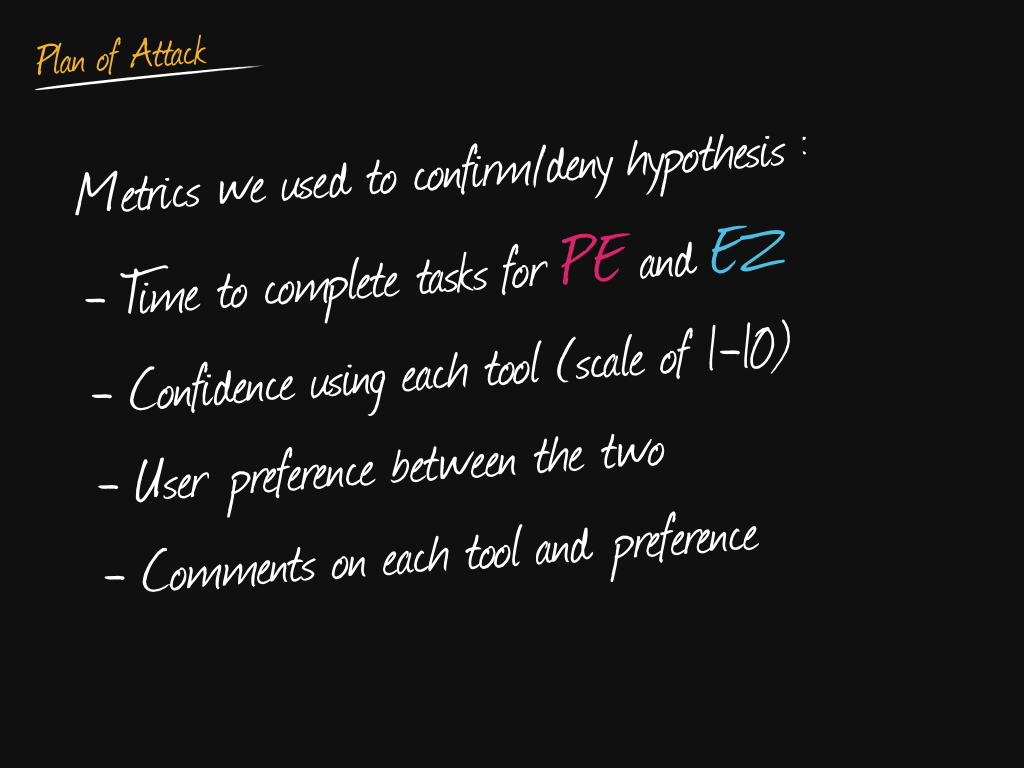

Midterm
The midterm was easy in my opinion but it did not do a good job of testing understanding of the course material. If you make a comprehensive cheat sheet including small details of the theories and topics learned, you’ll be fine. I wasn’t expecting this kind of test and thus did not make a very good cheat sheet but I still managed to do ok.
Final Exam
The final examination was a much better test in my opinion. The questions were well designed and required comprehensive knowledge of subject matter. The exam was 2.5 hours long with 5 minutes in the beginning for group project peer evaluations. I finished the exam comfortably in two hours. Some of the questions I remember from the exam are:
Formulate user evaluation question, study type, kind of prototype needed and sample set of users for the following situations
a) Company redesigning an existing software and has 3 alternatives
b) Users requesting an extra menu entry in spreadsheet software to increase time efficiency
t-test for a within-subject study with 6 users comparing New and Old versions of a software. Variables: time for task with both alternatives and user preference.
Apply Hicks law to estimate which menu style will be faster for the user to use. Options were 1 menu with 200 buttons or 8 submenus with 25 buttons each.
Apply Fitts law to figure out best placement for an alarm button.
Specify stakeholder needs and resulting design requirements for a two-way communication photoframe between a seniors home and their families.
Other notes
- Most assignments require you to hand in a completed self-evaluation. This long document basically lists out all requirements to get full credit for that deliverable. Students have to rate their performnce on each item and provide justification.
- Every team deliverable is uploaded on the course website and is available for everyone in the class to see.
- Prototypes can take a long, long time to develop. Schedule at least 10-20 hours per prototype.
- The TAs were excellent this term! Good, valuable feedback and prompt in communication.
Any project artifact published here is done so with all the group members consent.
Update April 18, 2015 Added section on the Final exam.